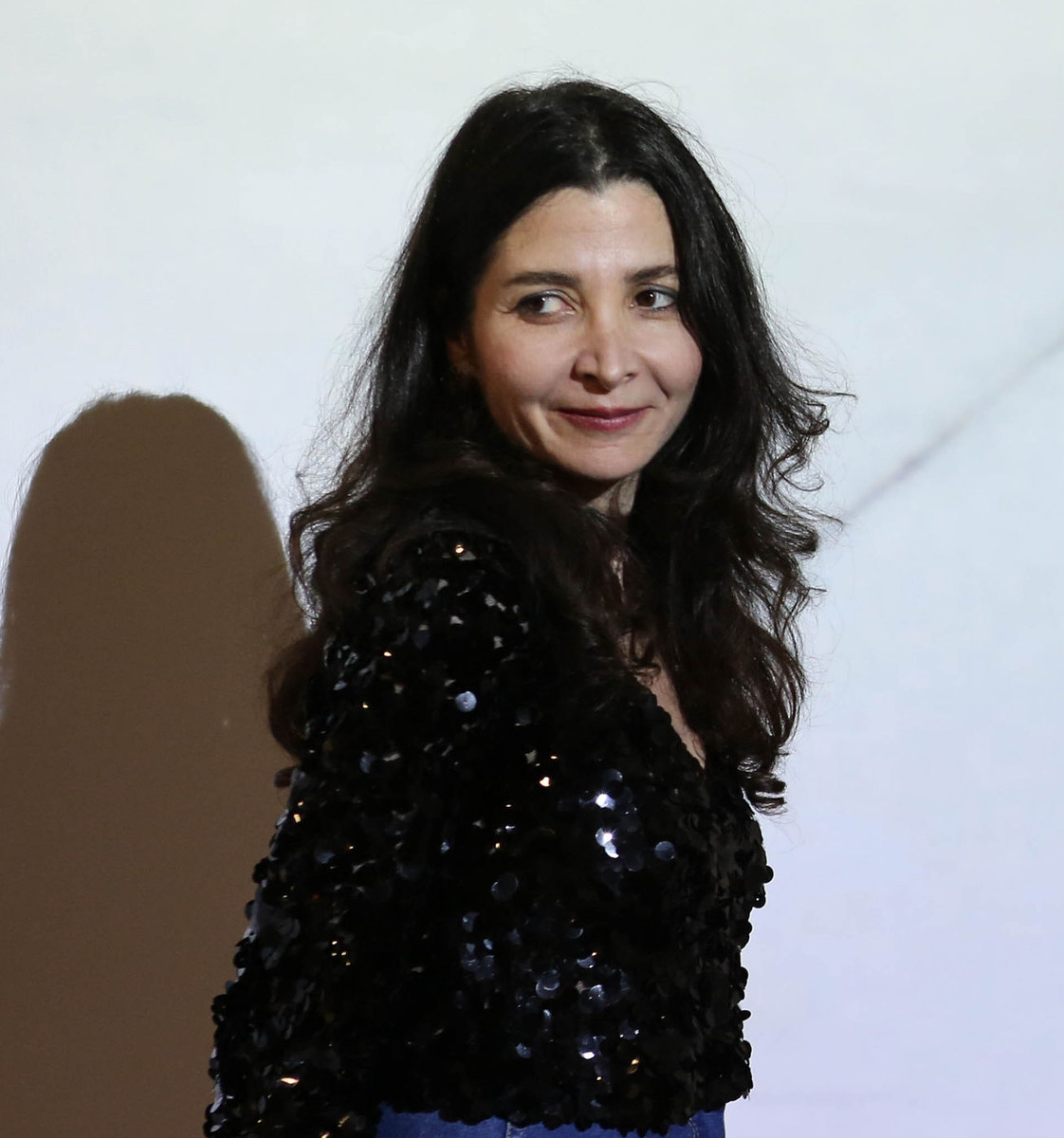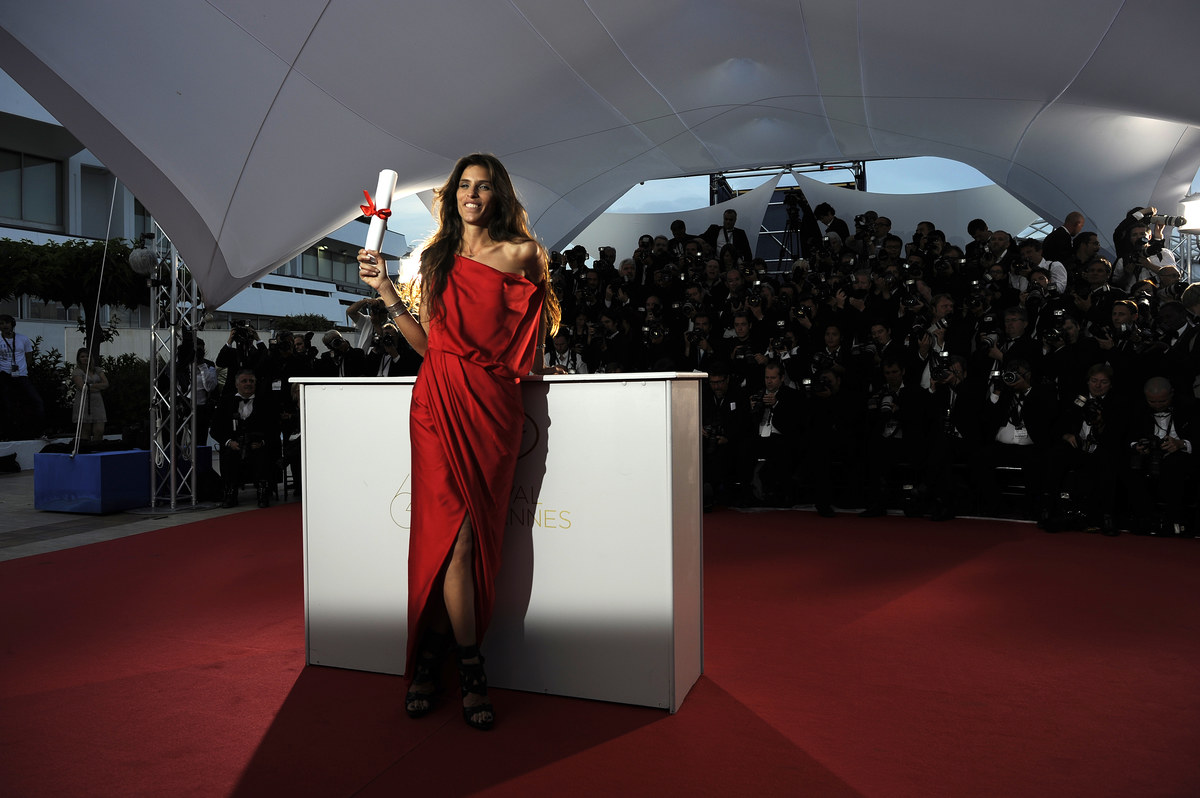PARIS: The physical version of this year’s Cannes Film Festival may have been cancelled due to the COVID-19 pandemic, but on June 3, Thierry Frémaux, the Festival’s General Delegate, released its Official Selection of 56 shortlisted movies, each of which will receive a Cannes 2020 endorsement label to encourage their promotion on release.
“No one knows what the second half of the year may bring and whether it will be possible to organize major film events again in 2020, including the Festival de Cannes,” said Frémaux. “Cannes has therefore decided to adapt its format for this peculiar year.”
Of the record 2,067 Cannes Film Festival submissions, 532 of the movies were made by female directors, and of the 56 selected movies, 16 are by women. While this is a long way from the goal of Collectif 50/50 — the association for gender equality and diversity in cinema launched in 2018 — it’s a good start.
Three of those 16 shortlisted female directors have Arabic heritage; Danielle Arbid from Lebanon, Ayten Amin from Egypt, and French-Algerian director Maïwenn. All three explore facets of female identity, sexuality, and adolescence and family respectively.
‘Passion Simple’ by Danielle Arbid

Danielle Arbid is a Lebanese filmmaker. (Supplied)
Lebanese filmmaker Danielle Arbid’s fourth feature is based on a 1992 novel by Annie Ernaux. It stars French actress Laetitia Dosch and Russian-Ukrainian former ballet dancer Sergei Polunin in the leading roles. Dosch plays a reclusive academic who has a highly-charged affair with a Russian diplomat (Polunin), with a narrative that follows her journal entries as her whole existence focuses on their next erotic rendez-vous. After “Parisienne, Peur de Rien” (2016), “Beirut Hotel” (2011) and “Un Homme Perdu” (2007), this is the first of Arbid’s films without an obvious link to Lebanon.
“Maybe this is because I’ve been living in Paris for 30 years and I finally consider myself as French as Lebanese,” Arbid told Arab News. “I’ve been making films long before the whole #metoo movement. I don’t believe there is a feminine or a masculine cinema, but I am really happy that women are finally being taken into consideration. No one helped me professionally because of my Lebanese origins or because I am a woman — certainly not in Lebanon, where most of my work is censored, or in the Arab world. Being a woman hasn’t proved a hindrance in filmmaking. The female representation at Cannes is still not entirely satisfactory, but at last we’re moving in the right direction.”
‘Souad’ directed by Ayten Amin

‘Souad’ is directed by Ayten Amin. (Supplied)
Ayten Amin’s second feature — co-written by Mahmoud Ezzat — focuses on Souad and Rabab, teenager sisters of an ultra-conservative family. Nineteen-year-old Souad leads a secret life on social media. When Souad commits suicide, 12-year-old Rabab travels to Alexandria to find Ahmed, the key figure in Souad’s online life, seeking answers to her death.
“Cinema is difficult for both men and women in Egypt, but I have to admit that it’s a lot more difficult for women,” Amin told Arab News. “I have to prove myself every time, as though every project is my first. I’ve had more successes than several of my male colleagues, but they’ve had more opportunities than me and — despite my track record — they’re much better paid. So, I guess being a woman in cinema is definitely a hindrance. Cinema is male-dominated everywhere. However, I’m always on the side of a good film regardless of gender. In making ‘Souad,’ I was supported by my friend, Sameh Awad, who became its producer because he was enthusiastic about it, even though he isn’t involved in cinema.”
What does she need to redress the balance?
“I need public funding to support cinema in Egypt, as well as European funding. We need to start assessing projects in the Middle East according to the talent and artistic values of the films, and not just as hot topics to serve the European point of view of Arab societies.”
‘DNA’ by Maïwenn

Maïwenn has now made six feature films. (AFP)
Franco-Algerian filmmaker and actor Maïwenn is no stranger to moviemaking. Her actress mother, Catherine Belkhodja, brought her to castings from the age of three. “My mother only loved me on the silver screen,” Maïwenn told Arab News.
When she was 15, Maïwenn met director Luc Besson, 31, at the César Awards ceremony. A year later, they married and moved to LA. They split in 1998 after Besson began a relationship with Milla Jovovich, who was playing the lead in his film “The Fifth Element,” in which Maïwenn also had a role.
In a manifesto she publicized as the #metoo movement gained traction, Maïwenn wrote.
“I reclaim the right to have power in my work without frightening men.” Her statement ended with, “We’ll get there.”
Maïwenn has now made six feature films, winning the Prix du Jury at Cannes for 2011’s “Polisse,” which she also starred in and wrote. In her latest, “DNA,” Maïwenn plays the lead role of Neige, a woman deeply attached to her Algerian grandfather, who provided a buffer against her toxic parents. When Emir dies, tensions escalate between Neige’s extended family members, triggering a dramatic identity crisis.











